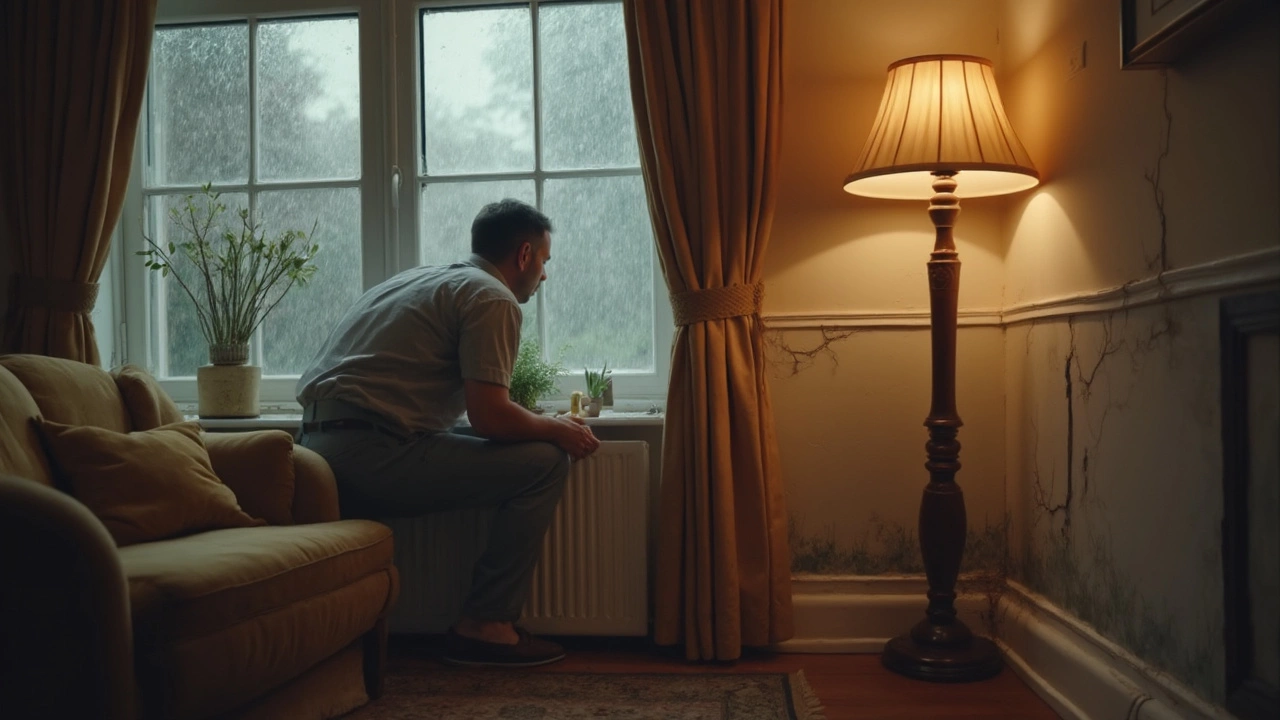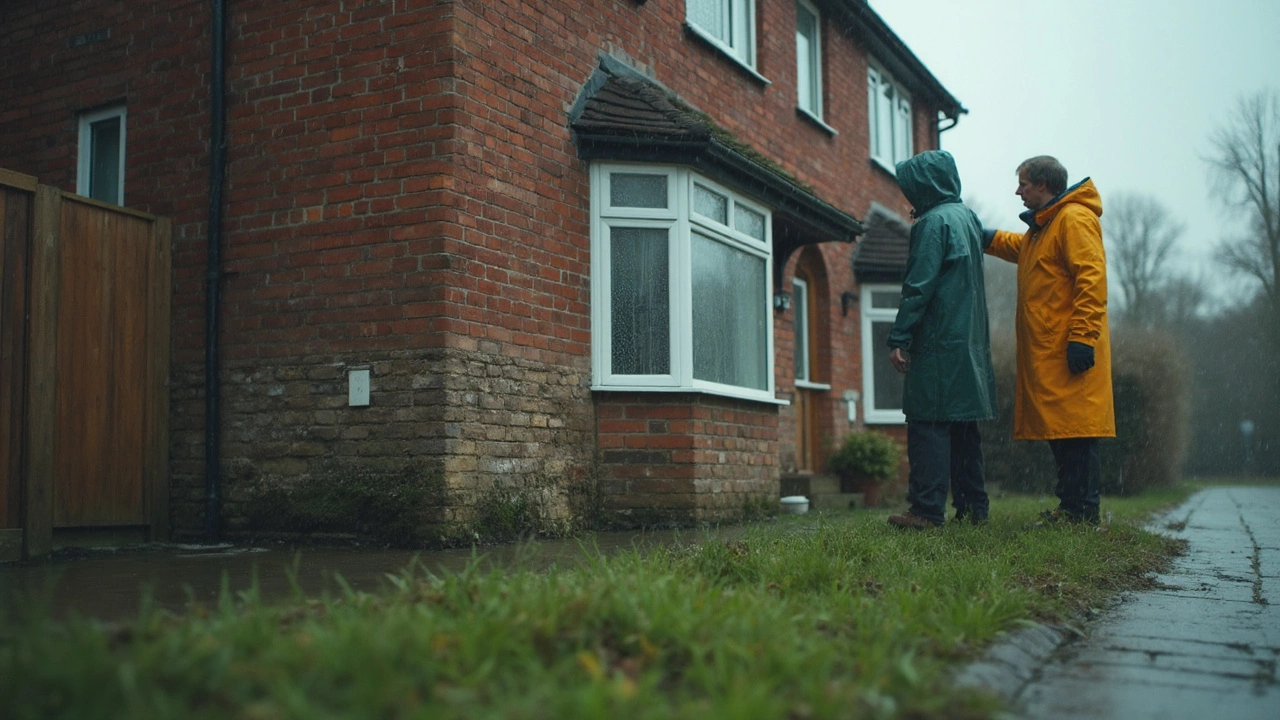Water Damage: Spot It Early, Stop It Fast, Fix It Right
Water damage can turn a cozy home into a nightmare fast. One hidden leak or a burst pipe can ruin walls, floors, and even your health if you don’t act. The good news? Most problems can be caught early and fixed without breaking the bank.
Common Signs of Water Damage
First thing to watch for is a musty smell – it often means moisture is hanging around where it shouldn’t. Look at ceiling corners and walls; any yellow or brown stains are a red flag. Basement floors that feel damp or have puddles after a rainstorm are another clue. Even if you don’t see water, warped wood, bubbling paint, or peeling wallpaper signal hidden damage.
Check your fixtures regularly. A slow‑drip faucet or a running toilet can waste gallons each day and weaken structures over time. Don’t forget appliances; a dishwasher or washing machine that leaks can soak the floor and the subfloor beneath.
Fixes You Can Do Right Now
When you spot a leak, turn off the water at the main valve. This stops further damage while you figure out the next step. If it’s a small pipe crack, a quick wrap with plumber’s tape can hold water long enough for a professional to arrive.
Dry the area ASAP. Use fans, dehumidifiers, or even a hair dryer on a low setting to push moisture out of walls and floors. Open windows if the weather allows – fresh air speeds up drying.
For minor water stains, scrub the spot with a mixture of water and mild detergent, then rinse. If the paint bubbles, scrape off the loose bits and sand the surface before repainting. When drywall gets soft, cut out the soggy section, replace it with fresh board, and tape the joints.
Don’t ignore the mold factor. If you see black spots or a fuzzy texture, wear a mask and clean the area with a solution of one part bleach to three parts water. For larger mold patches, call a specialist – they have the tools to keep spores from spreading.
Finally, call a qualified plumber or water‑damage restoration service for serious issues. They can locate hidden leaks, assess structural damage, and restore your home to safe condition. Most companies offer a free inspection, so you can get an accurate estimate before any work begins.
Keeping an eye on your home’s moisture levels saves money and stress. A few simple checks each month and quick action when you see a problem can keep water damage at bay. Stay proactive, and your home will stay dry and comfortable for years to come.


